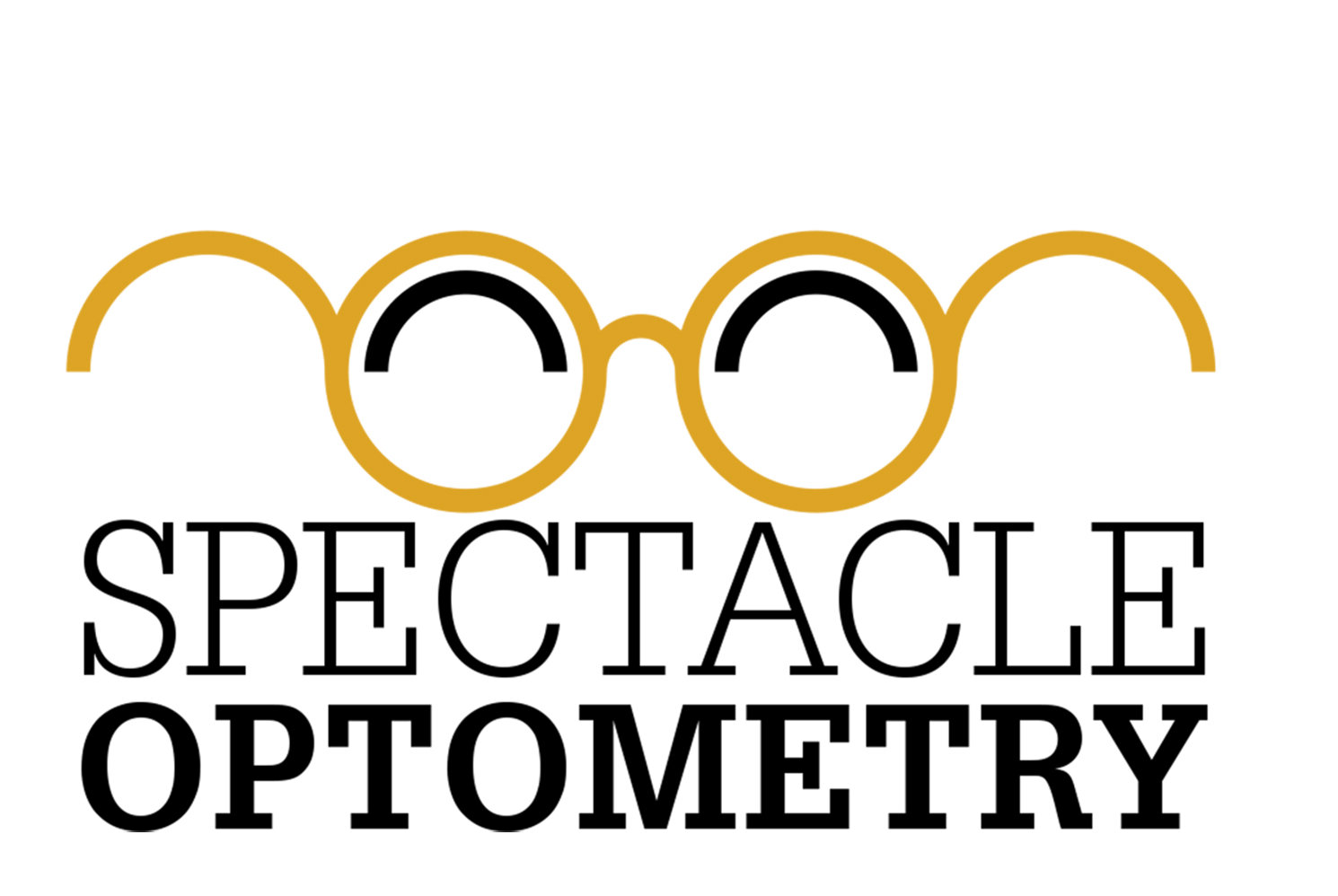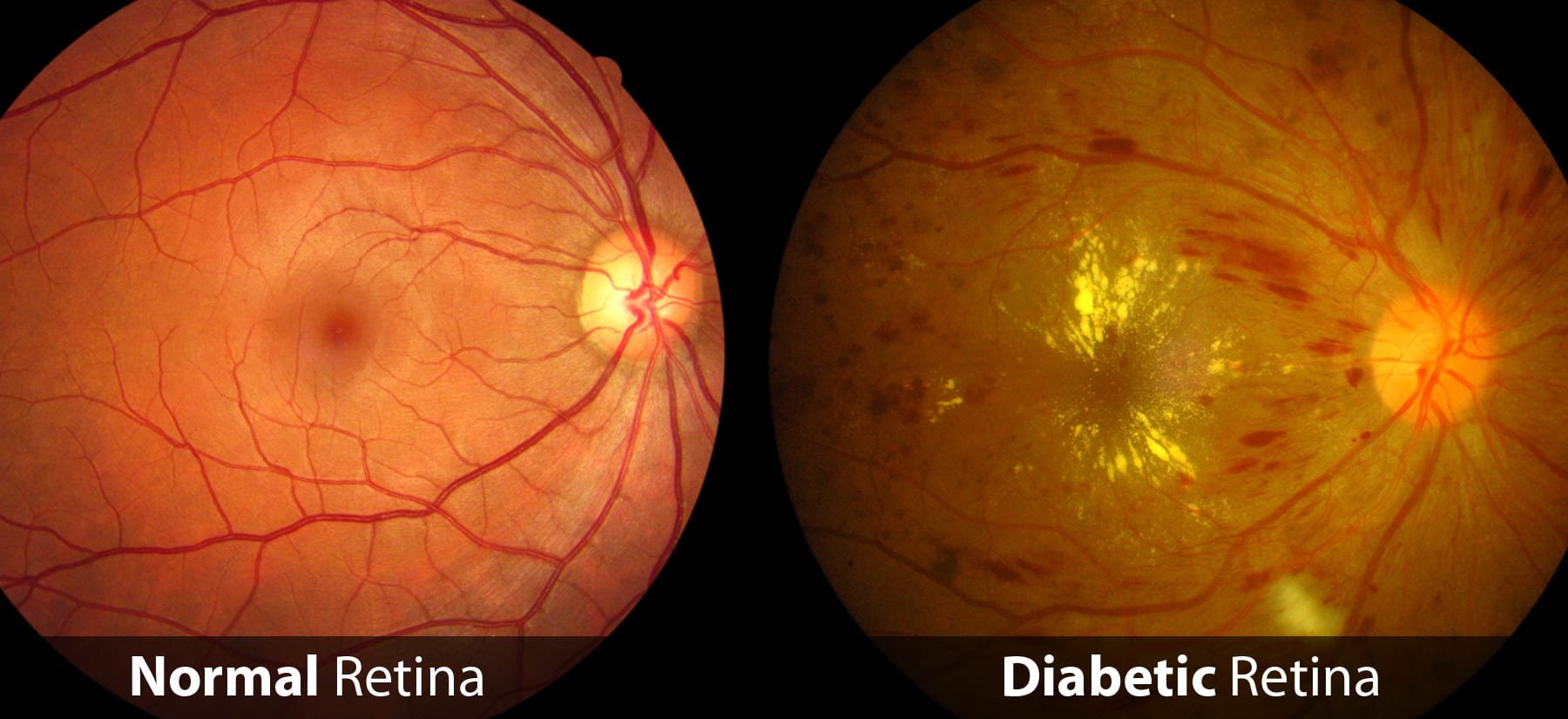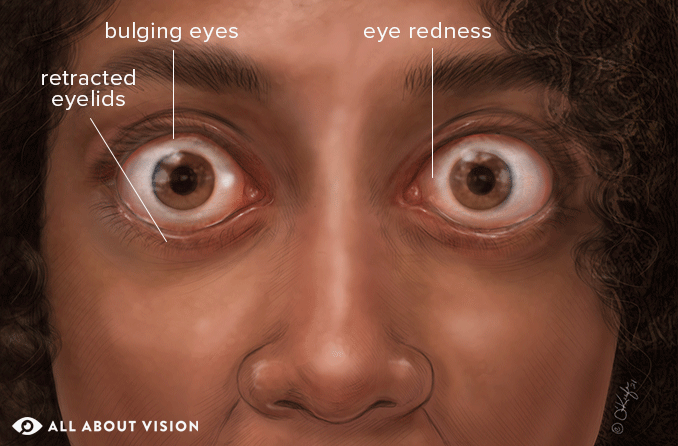TOP MEDICAL PROBLEMS WE CAN SEE
Did you know that your eyes truly are the window to your body? We can sometimes spot certain medical conditions prior to them being detected by your primary care doctor. This is just one of the reasons we stress certain aspects of your eye exam, like our optos retinal photography, which can capture these small changes by comparison from previous years. We’ve highlighted the top medical conditions that our eye doctors can spot at your annual eye exam.
1. High Blood Pressure
The back of your eye is the only spot in your body where we can physically see your blood vessels. We can see stressed blood vessels, swelling of the arteries, and even bleeding from uncontrolled high blood pressure. We highly recommend the retinal photo or dilation annually to confirm this is not an issue for you.
2. Heart Disease and Stroke
Sometimes we can spot clogged arteries by little plaque deposits that can break apart and get logged in the blood vessels of your eye. More often, however, we notice retinal atrophy, or lack of blood to the retina from cardiovascular disease. This can often be a sign of a looming heart attack or damage from one that has already occurred. Strokes will more often present instantaneously and leave behind remnants, such as visual field loss or retinal changes.
3. Diabetes
Typically, bleeding and retinal changes occur the longer a patient has had diabetes, but we can even spot diabetic changes to the back of the eye before it is diagnosed. These changes can threaten vision permanently if not treated. The good news is that it is easily treatable if caught early, which is why we recommend annual eye exams for anyone who has just been diagnosed with borderline diabetes as well as those who have had diabetes for years.
4. Thyroid Disorder
Hyperthyroidism can be easily detected by a protruding eye with lids that are retracted further than usual. We often notice chronic dry eye issues with our thyroid patients as well.
5. Cancer
Cancers can be found on just about any part of the eye, but the most common is the eyelid. It will often be the first spot skin cancers from sun exposure are detected.
6. Multiple Sclerosis
The optic nerve can be the source of an autoimmune reaction. Optic neuritis, or damage to the optic nerve, can be the first sign of MS. Patients will experience a sudden loss of vision in one or both eyes, coupled with pain on eye movements. The eye movement issues can be the first sign of something neurological. We can see uncontrollable rapid movements of the eyes, double vision, or misalignment of the eyes from damage to the nerves.
7. Pituitary Tumor
Similar to MS changes, you can double vision or loss of vision with a pituitary tumor. However, we will always see a distinct visual field loss often with drooping lids as the optic nerve is being pushed on by the tumor. It is common that patients will come to us not knowing what is occurring, but we will send them out for the appropriate treatment.
A verse and motto we abide by at Spectacle is Matthew 6:22 that says,”The eye is the lamp of the body. If your eyes are healthy, your whole body will be full of light.” We strongly encourage you to keep up with your annual eye exams to ensure your WHOLE body is just as healthy as your eyes!






